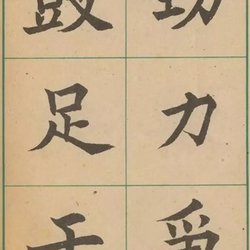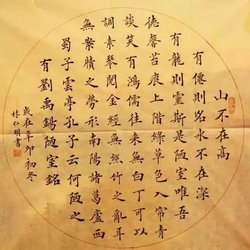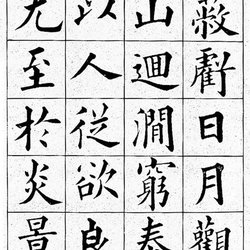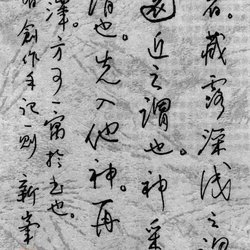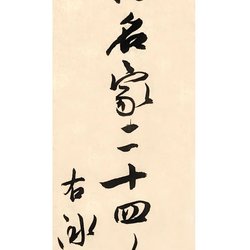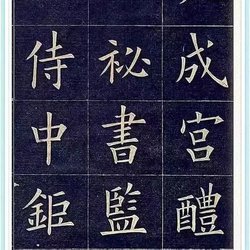Compared with the imperial examination, at least our students who took the college entrance examination are still on the same starting line, and the road to the top spot in the imperial examination is by no means easy. In the history of China's imperial examinations, there have been millions of candidates and more than 100,000 Jinshi. However, as the pinnacle of this huge group of intellectuals, there are only a handful of "No. 1 Scholars".
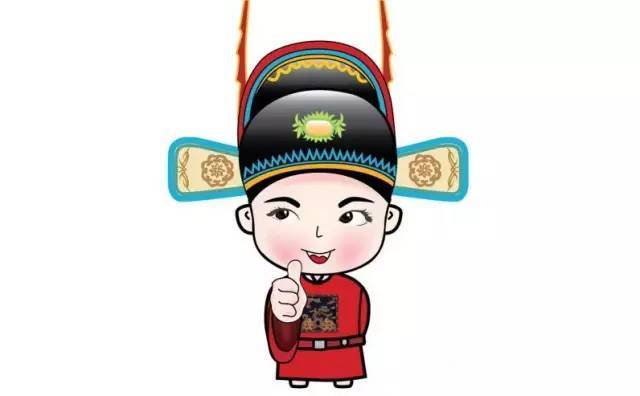
It is not easy for a scholar to get the first prize. Countless scholars across the country have passed the provincial examination, provincial examination, and finally won the first prize in the palace examination. You can imagine the fierce competition. Su Xun, a great writer in the Song Dynasty, once lamented that "it is as easy as climbing to the sky if you don't know how to succeed." Especially in the Qing Dynasty, there were many people who even had gray hair and were still "boys". People do not think he is very old when he is a Jinshi in his forties or fifties. "Emperor Taizong was so clever that he made heroes live long" is a vivid portrayal of this historical and cultural phenomenon.
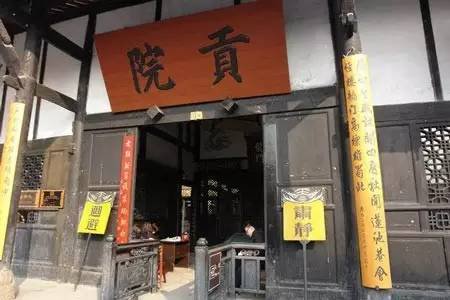
Compared with taking the postgraduate and Ph.D. exams, how many people will grow old together with the test papers? According to the "Complete Biography of the Number One Scholar in China", a total of 118 number one scholars were produced in the Song Dynasty, of which 37 were between the ages of 20 and 30, accounting for 72.5%. The youngest was 18 years old, and 2 were over 50 years old. There were 114 number one scholars in the Qing Dynasty, among whom 19 were between the ages of 20 and 30, accounting for 35%, and the youngest was 21 years old. There are 5 winners over the age of 50, the oldest is 62 years old.
It is said that "the handwriting is like the person", especially in a large number of test papers, good handwriting has indeed become an absolute advantage.
So, in that era when Chinese language examinations were the main test, what was the calligraphy level of the top Wen scholars from the imperial examinations in various periods of the Qing Dynasty who were finally ranked first in high school after many layers of selection?
Shunzhi period

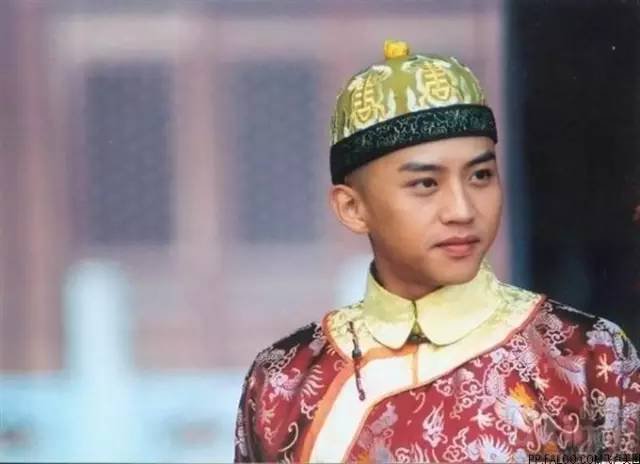
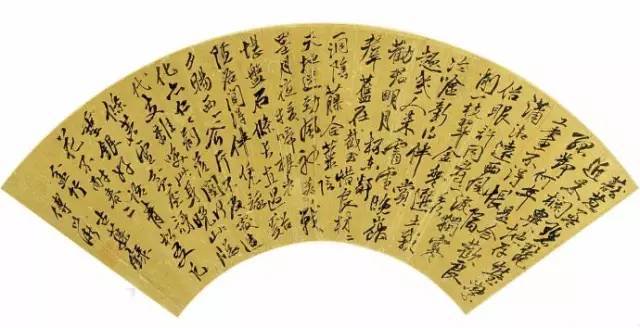
The third year of Shunzhi (1646): Fu Yijian (1609-1665, a native of Liaocheng County, Dongchang Prefecture, Shandong Province)
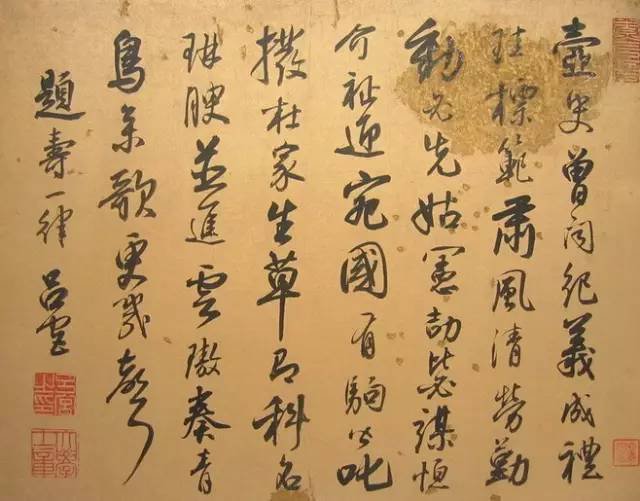
The fourth year of Shunzhi (1647): Lu Gong (1603-1664, a native of Wujin County, Changzhou Prefecture, Jiangsu Province)
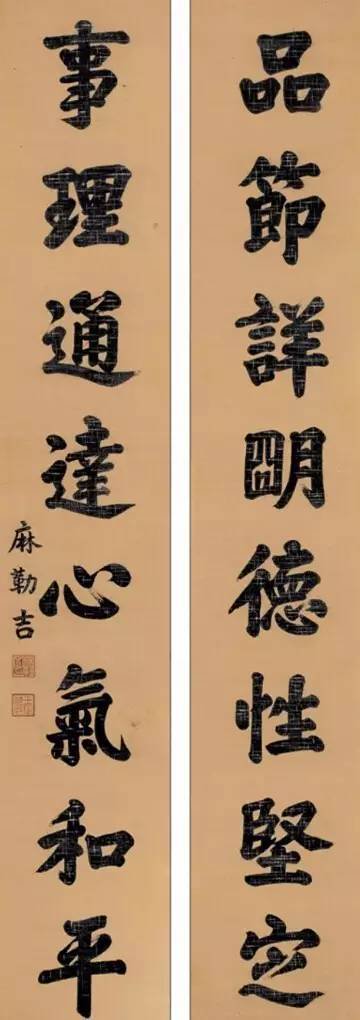
In the ninth year of Shunzhi (1652), the number one scholar in the rankings was Malji (? - 1689, from the Zhenghuang Banner of Manchuria)
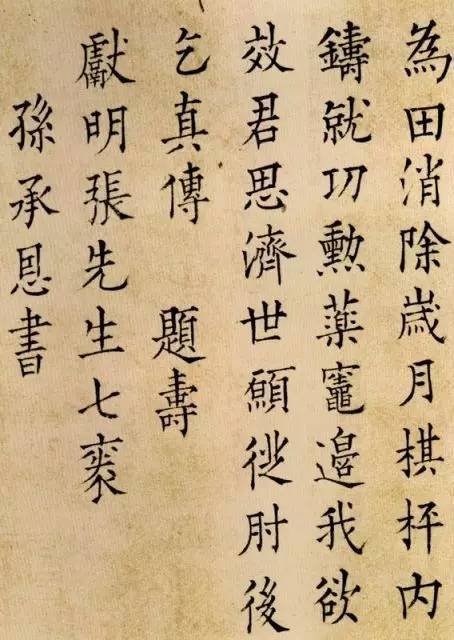
The fifteenth year of Shunzhi (1658): Sun Chengen (1619-1659, from Changshu County, Suzhou Prefecture, Jiangsu Province)
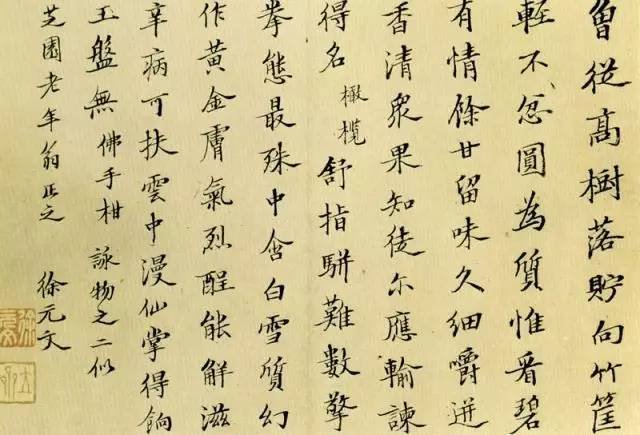
The 16th year of Shunzhi (1659): Xu Yuanwen (1634-1691, a native of Kunshan County, Suzhou Prefecture, Jiangsu Province)
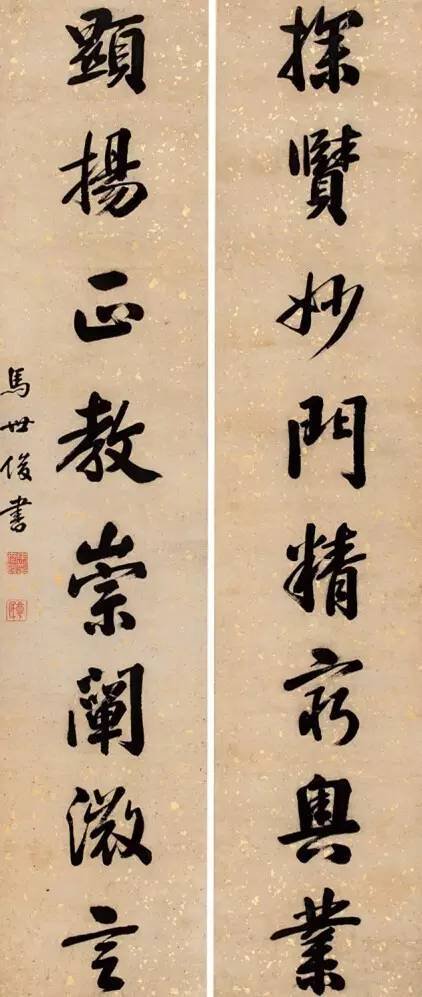
In the 18th year of Shunzhi (1661): Ma Shijun (1609-1666, from Liyang County, Zhenjiang Prefecture, Jiangsu Province)
Kangxi period

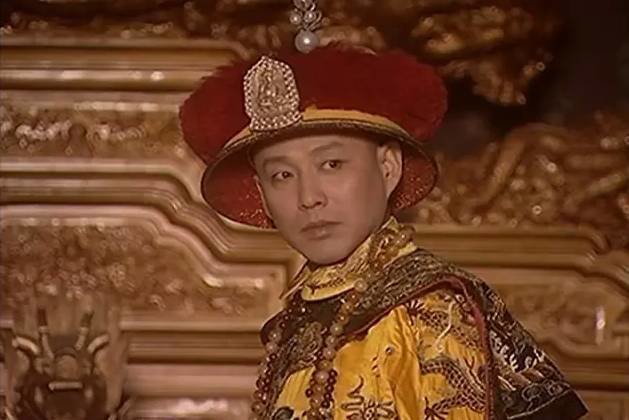
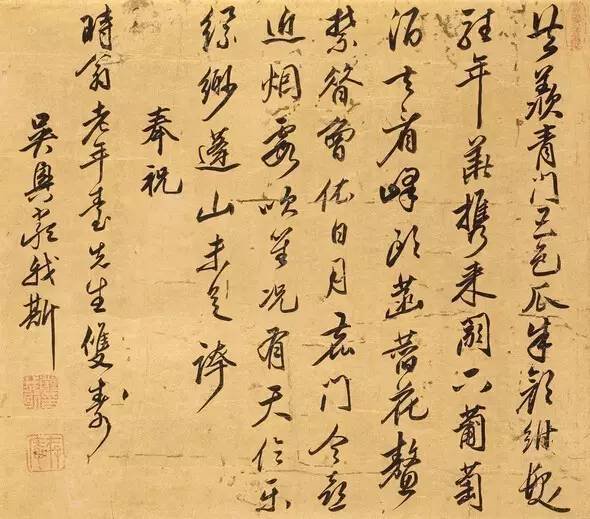
In the third year of Kangxi's reign (1664): Yan Wosi (1629-?, from Gui'an County, Huzhou Prefecture, Zhejiang Province (now Huzhou City))
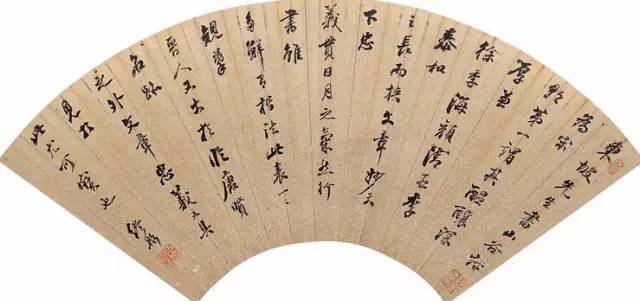
In the sixth year of Kangxi (1667): Miao Tong (1627-1697, a native of Wuxian County, Suzhou Prefecture, Jiangsu Province)
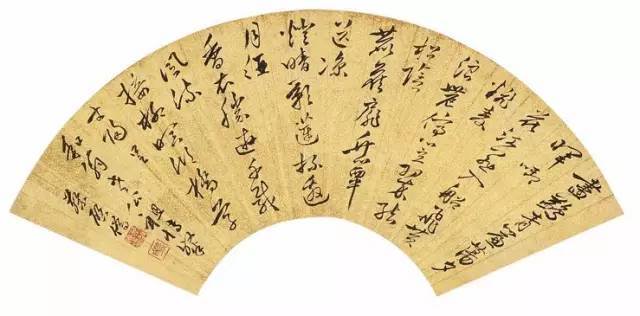
The ninth year of Kangxi (1670): Cai Qizun (1619-1683, a native of Deqing County, Huzhou Prefecture, Zhejiang)
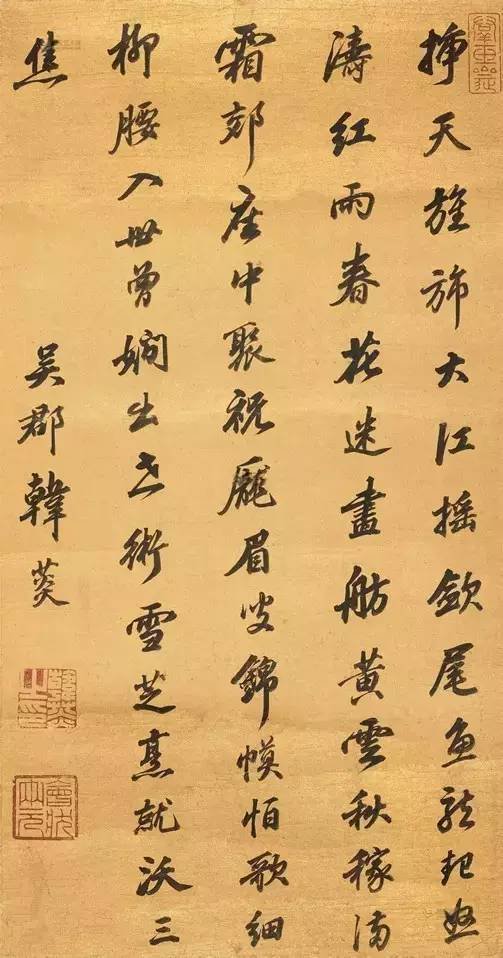
In the twelfth year of Kangxi (1673): Han Shu (1637-1704, from Changzhou County, Suzhou Prefecture, Jiangsu Province (now Suzhou))
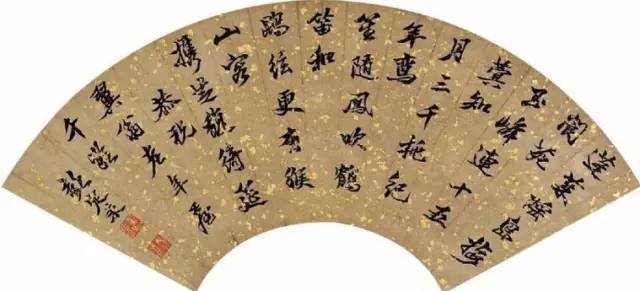
In the fifteenth year of Kangxi (1676): Peng Dingqiu (1645-1719, from Changzhou County, Suzhou Prefecture, Jiangsu Province (now Suzhou City))
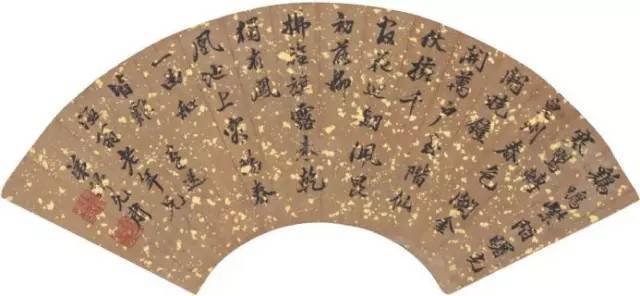
In the 18th year of Kangxi (1679): Gui Yunsu (1642-1689, a native of Changshu County, Suzhou Prefecture, Jiangsu Province)
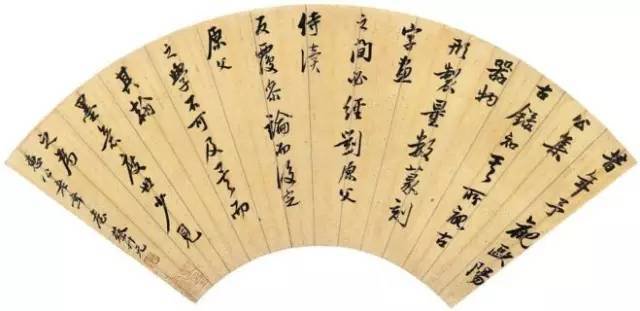
In the 21st year of Kangxi (1682): Cai Shengyuan (1652-1722, a native of Deqing County, Huzhou Prefecture, Zhejiang)
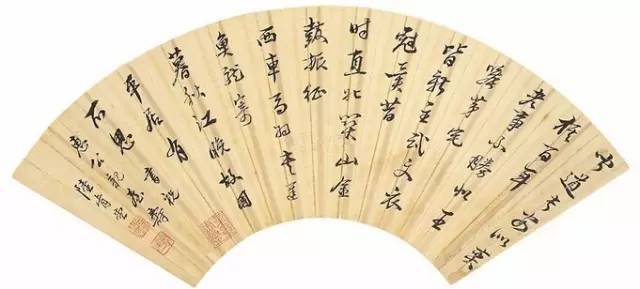
The twenty-fourth year of Kangxi (1685): Lu Kentang (1650-1696, a native of Changzhou County, Suzhou Prefecture, Jiangsu Province)
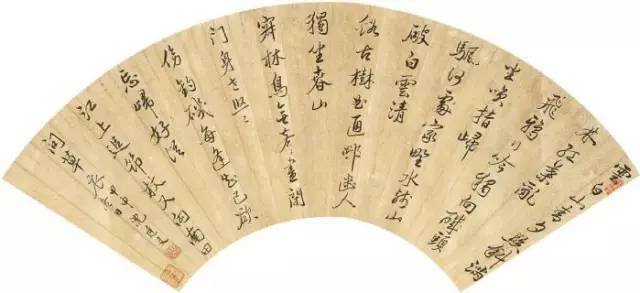
In the twenty-seventh year of Kangxi (1688): Shen Tingwen (?-?, from Xiushui County, Jiaxing Prefecture, Zhejiang Province)
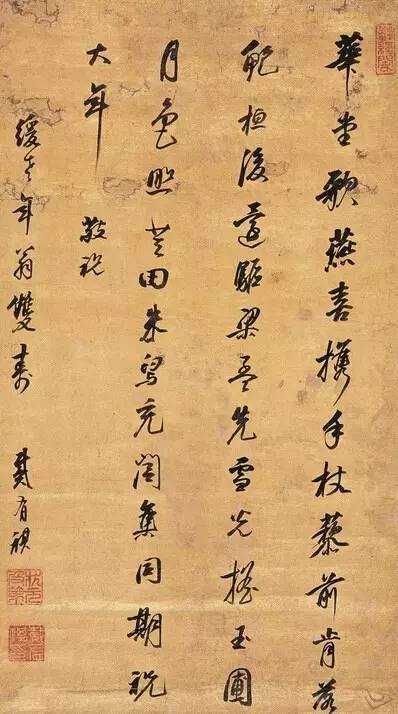
In the 30th year of Kangxi (1691): Dai Youqi (? - 1711, from Jinshanwei, Jiangsu (now Jinshan District, Shanghai))

